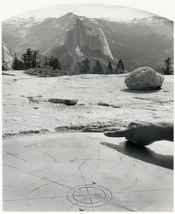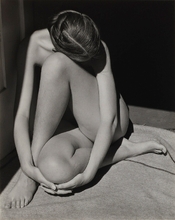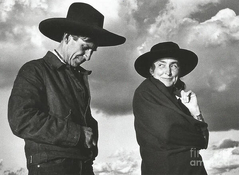Why? What do you exactly experience on the print that you cannot in screen, the quality of the paper or texture of it as you said? Is it really that important? It is not painting where the paint has a material texture. And I am saying it me who love prints that is why I buy so many photography books. But I dont believe they are superior to an image in any other form. An image has no material identity it exists in many forms. Maybe like a musical score. And the prints or edits are interpretations
...."the map is not the territory"
.....the menu is not the meal....













